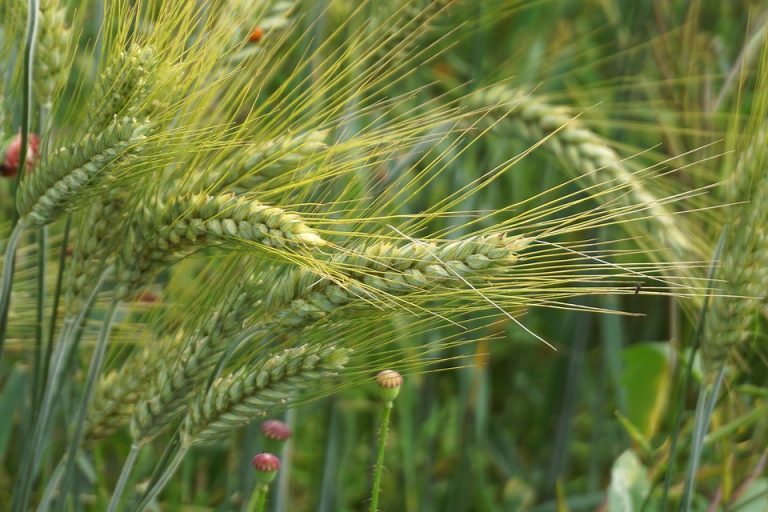Lowering your blood sugar fast isn’t just a goal; it’s a necessity for many of us. If you’re dealing with high A1C levels, you know the importance of managing your blood sugar effectively. But what does it really take to bring those numbers down? Here are 7 A1C diet tips that can transform your journey toward better health.
Contents
Understanding A1C and Its Importance
A1C is a blood test that measures your average blood sugar levels over the past two to three months. It’s a crucial indicator of your diabetes management and overall health. The higher your A1C, the greater your risk for complications like heart disease, nerve damage, and kidney issues. Knowing your numbers empowers you to take action.
Why Diet Matters
Your diet plays a pivotal role in managing your blood sugar. Every bite you take has the potential to either stabilize your levels or send them soaring. By making smart food choices, you can influence your A1C positively. Let’s dive into these 7 A1C diet tips that can lower your blood sugar fast!
1. Focus on Whole Foods
Processing strips away nutrients. Choose whole, unprocessed foods like vegetables, fruits, nuts, and lean proteins. These foods are rich in fiber, which helps slow down digestion and keeps blood sugar levels steady.
- Vegetables: Broccoli, spinach, and kale are not just good for you; they’re packed with nutrients that support your body in managing blood sugar.
- Fruits: Berries and apples provide natural sweetness without a blood sugar spike.
- Proteins: Chicken, turkey, and fish provide essential amino acids and help you feel full longer.
Quick Tip
Create a colorful plate. The more colors you have, the more nutrients are present!
2. Embrace Healthy Fats
Not all fats are created equal. Healthy fats can improve your cholesterol levels and decrease inflammation. Avocados, olive oil, and nuts are great additions to your meals.
- Avocados: Rich in monounsaturated fats, they help keep your heart healthy while providing essential nutrients.
- Olive Oil: A staple in the Mediterranean diet, it has been linked to lower blood sugar levels.
Why It Works
Healthy fats slow down carbohydrate absorption, leading to a more gradual rise in blood sugar. This can help keep your A1C in check.
3. Control Portions
The amount of food you eat is just as important as what you eat. Monitoring portion sizes helps prevent overeating and keeps your blood sugar stable.
- Use smaller plates to trick your brain into feeling satisfied with less.
- Pay attention to serving sizes, especially for carbohydrates.
Mindful Eating
Take your time and savor each bite. This practice not only enhances your dining experience but also gives your body time to register fullness.
4. Choose Low-Glycemic Foods
Glycemic index (GI) measures how quickly food raises your blood sugar. Foods with a low GI release sugar slowly, which helps maintain stable levels.
- Low-GI Foods: Lentils, whole grains, and most non-starchy vegetables.
- High-GI Foods: White bread, sugary snacks, and soda.
Incorporating Low-GI Foods
Make a habit of checking the GI of foods you buy. Opt for low-GI options whenever you can.
5. Stay Hydrated
Water is essential for your body, especially when it comes to managing blood sugar. Staying hydrated helps your kidneys flush out excess sugar through urine.
- Aim for at least 8-10 glasses of water daily.
- Herbal teas can be a great alternative, but be cautious with sweetened beverages.
Flavor Your Water
If plain water doesn’t excite you, infuse it with lemon, cucumber, or mint for a refreshing twist.
6. Don’t Skip Meals
Skipping meals can lead to blood sugar spikes. When you go too long without eating, your body may react by releasing glucose into the bloodstream.
- Regular Meals: Aim for three balanced meals and two healthy snacks each day.
- Healthy Snacks: Choose options like Greek yogurt, nuts, or hummus with veggies.
Balanced Meals
Include a mix of proteins, fats, and carbohydrates in each meal. This balance helps keep your blood sugar stable and your energy levels high.
7. Monitor Your Carbs
Carbohydrates have the most significant impact on your blood sugar levels. Learning how to count carbs can make a big difference in your A1C numbers.
- Carb Counting: Note the carb content in your meals and snacks. Aim for consistent carb intake throughout the day.
- Smart Substitutions: Swap out white rice for quinoa, or choose whole-grain bread over white bread.
Tools for Success
Consider using apps or tools that help you track your carbohydrate intake. Knowledge is power!
Bottom Line
Managing your A1C levels is not just about diet; it’s about a lifestyle change. Implementing these 7 A1C diet tips can help you lower your blood sugar fast and take control of your health. Remember, every small change adds up to a significant impact on your well-being.
Ready to Take Action?
Start today. Make a meal plan based on these tips, and watch how your body responds. Your journey toward better health is just beginning, and you’re not alone in this.
Frequently Asked Questions
What is a healthy A1C level?
A healthy A1C level is typically below 5.7%. If your level is between 5.7% and 6.4%, you’re at risk for diabetes, and 6.5% or higher indicates diabetes.
How quickly can I lower my A1C?
With consistent dietary changes and lifestyle adjustments, many people can lower their A1C levels within a few months.
Should I consult a doctor before making dietary changes?
Absolutely! Your doctor can provide personalized advice and ensure that your dietary changes align with your overall health plan.
Your health journey is uniquely yours. Embrace it, and let these tips guide you to a brighter, healthier future!








